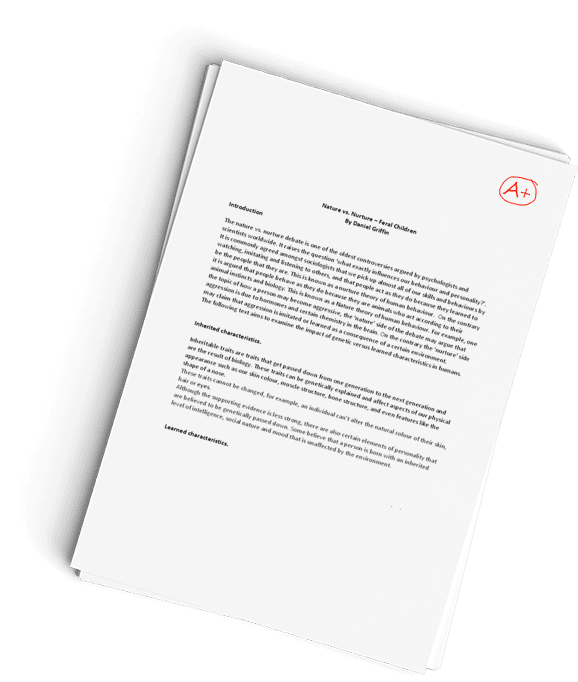week 8 for buss and
Question Description
I have a dissection question that need to be answer and also provide to different answer so can take look at them and paraphrase little from them
Participants are welcomed to contribute “the next steps” for an organization after the crisis has occurred and conditions have returned to post-incident status. That status, depending on severity, varies from one organization to another. You are asked to speculate about the term, “post-incident preparedness.” What might that term suggest for, say, six months after a near- terminating event. We are not talking the period of recovery; rather, address the time after recovery. What might characterize the “state of the company” at this time? No sources are needed here; you are the BC manager and your observations are sought!
answer 1
The post-incident preparedness includes the identification of deficiencies in the associated procedures and response plan and determining the necessary actions to correct them and determining their strength. The organization will have to come up with a list of things to look at so as to determine the efficiency or inadequacy of equipment, procedures, response, and techniques used. As the BC manager, I will put into use the lessons learned in the response plan, look for any additional measures and additional training measures that can be put into place.
To determine the effectiveness and ineffectiveness of the response carried out initially, I will look at the timing detection and look at procedures available to aid in earlier incident detection. There is a need to look at the notifications on whether proper procedures were followed, and the contact numbers are up to date.I will have to evaluate how the problem was assessed at the beginning and guides available in the emergency evaluation and whether the information available on the response team was adequate. Response mobilization follows in which I will attempt to look at the response time taken and other measures to improve in the response team. I will look at the response resources and the persons in charge initially in responding to the emergency. After this, there is a need to identify unidentified hazards, correct management gaps, and weaknesses, modify policies and procedures, ensure response proficiency, and improving plans, processes, and procedures; doing all these ensure that an organization will not face the same crisis again when such an incident occurs again.
answer 2
As a BC manager, post-incident preparedness is a valuable tool that would expose insufficiencies in the organization’s plans and procedures in disaster and crises. I will scrutinize the outcomes and damages and split the results into three categories: workforce, plans and strategies, and resources and capabilities.
The first category will be workforce insufficiency. The BC or crisis management team is the cornerstone for facilitating and lunch the current plans and strategies. Any negligence or inadequacy in duties performing leads to planning failure. Thence, competency is a critical factor in performing duties in a professional manner. Also, I will start by myself and ask questions about what did I do? What should I do instead? By doing this manner, I will demonstrate the quality of the tracing down the tasks during the crisis, manifest the positive actions and develop it, and expose the inaccuracies that need more improvement. Besides, the communication process during the crisis between the BC or crisis management department internally and with other departments externally is one central point that should be reviewed. Risk communication is considered an essential factor indicating how successful the cooperation process is between the organization’s workforce.
The second category is the plans and strategies’ efficacy. The success of the emergency plans is varial from one organization to another. By scrutinizing the response and recovery plan, the organization will either improve the current plans or change it. Thence, tracing the existing plans’ effectiveness during the crisis will demonstrate where the gaps and shortcomings must be fixed. Notably, by reviewing the documents, it will illustrate if the plans were coped flexibly with the crisis magnitude or not, so it is a valuable measure of whether the plans’ enhance the organization’s sustainability or not. Also, one of the documents that I will focus on is the organization’s COOP. I will check out if the current COOP has worked probably and effectively with the previous crisis or should be remediated. Furthermore, the organization’s THIRA strategy will be reviewed and refined, especially in the identified kind of hazards and threats that can affect our organization.
The last category is the efficiency of the organization’s resources and capabilities. Examining the quality of the current resource that includes the hot site location and the equipment used during the crisis, is one more step that enhances the post-disaster preparedness concept. However, analysis of these used tools’ conditions will illustrate the degree of effectiveness and the demanded revolution for the organization’s selections and how they adapted to the plans. Besides, financial resources and capability is another wing that would be affected based on outcomes after implementing the post-disaster preparedness process. I would ask and discuss with other disciplines if the monetary sources have been disbursed in the proper plans, programs, locations, and equipment that help the response and recovery mission to succeed promptly or not? All of these actions would be present after the crisis severity passed through.
All in all, the post-disaster preparedness procedure is a concept of: Is there something we should do to be prepared and confront the next unexpected crisis? What should be doing better to avoid the gaps and stand much stronger and preserve sustainability?
Have a similar assignment? "Place an order for your assignment and have exceptional work written by our team of experts, guaranteeing you A results."








